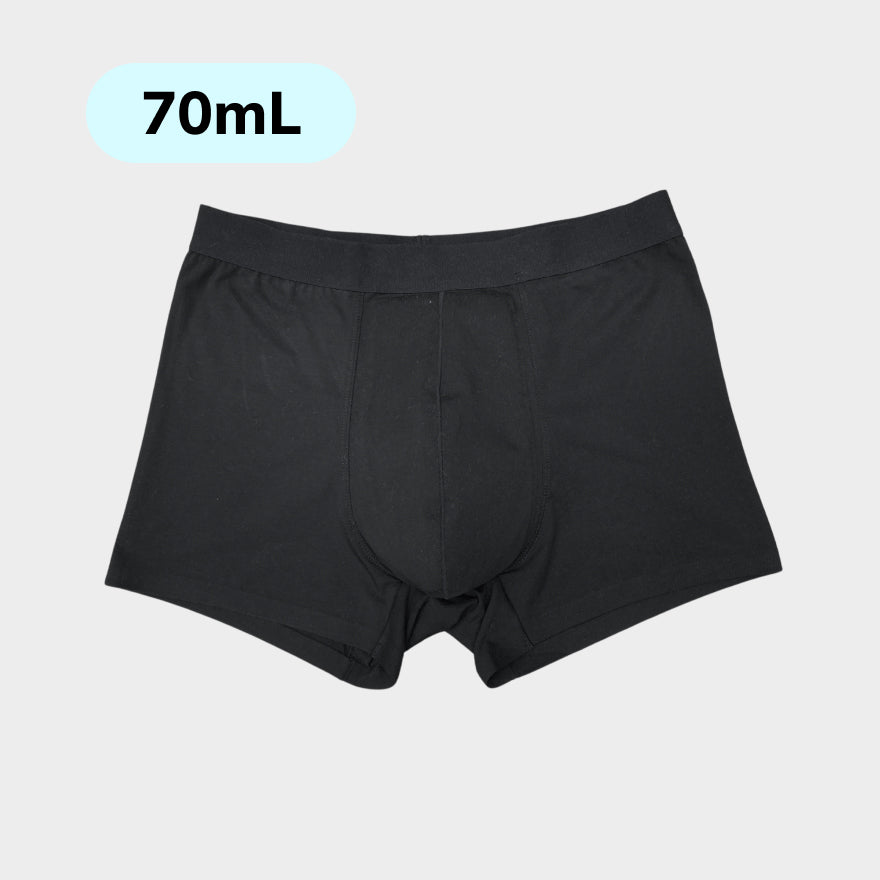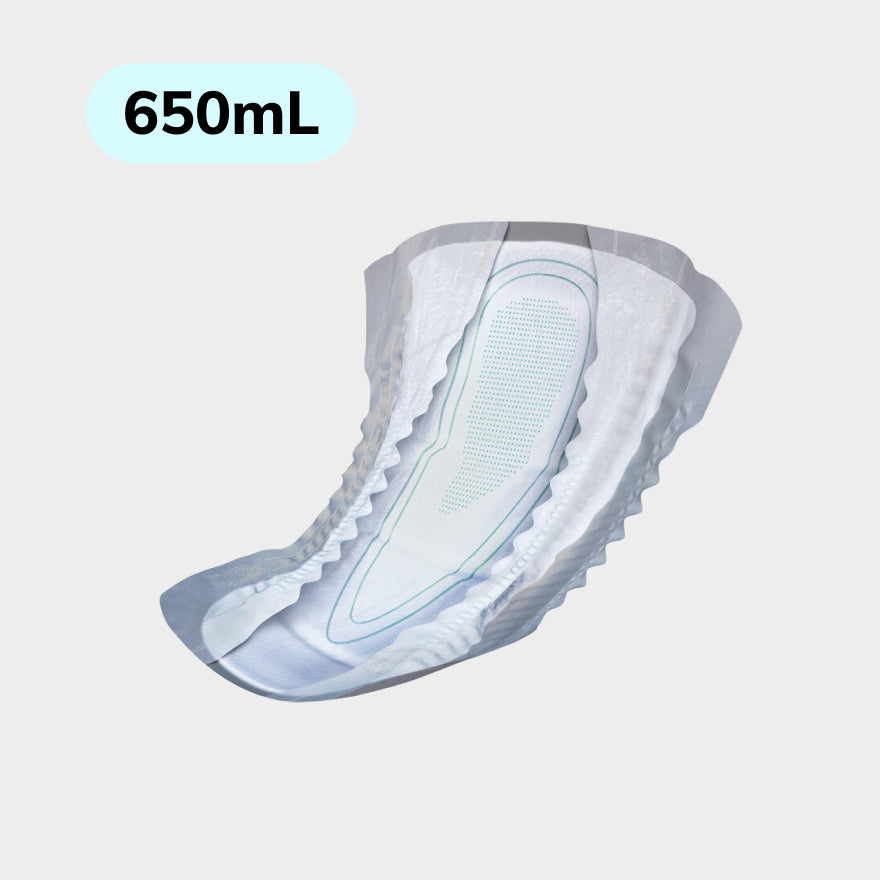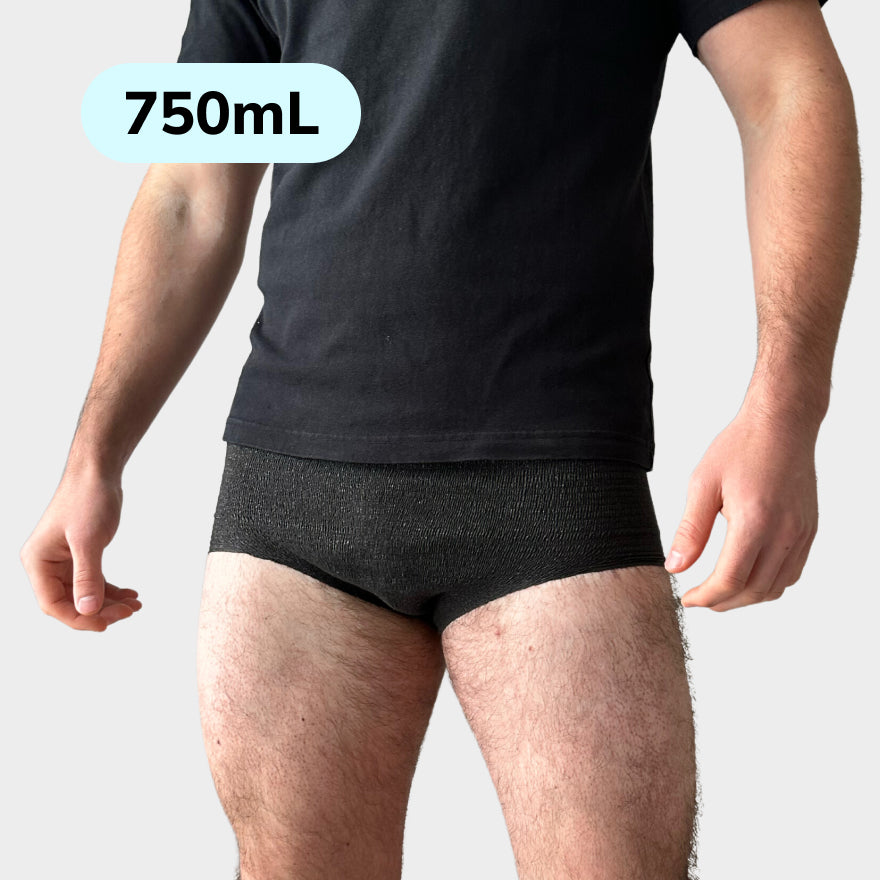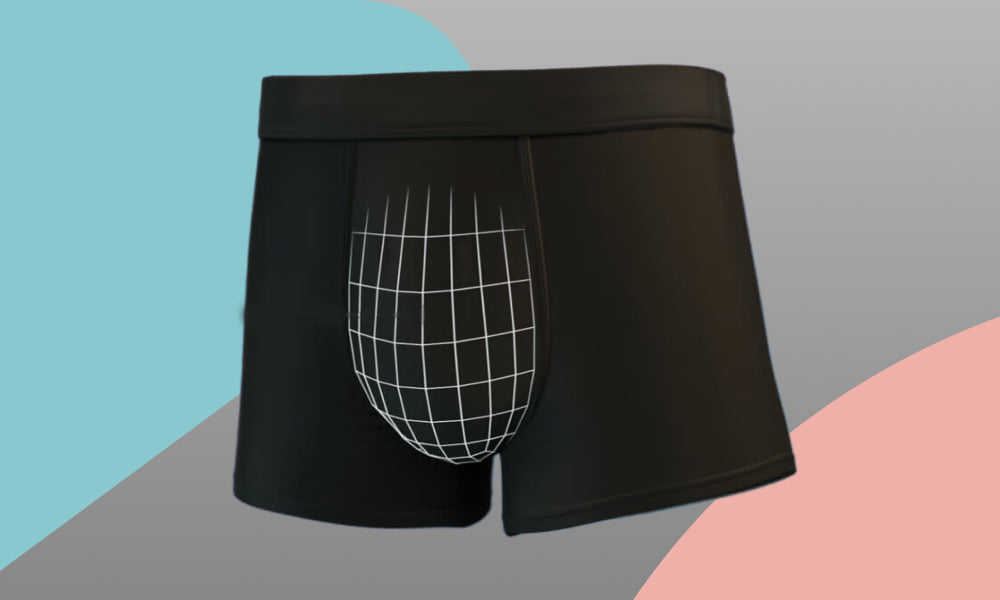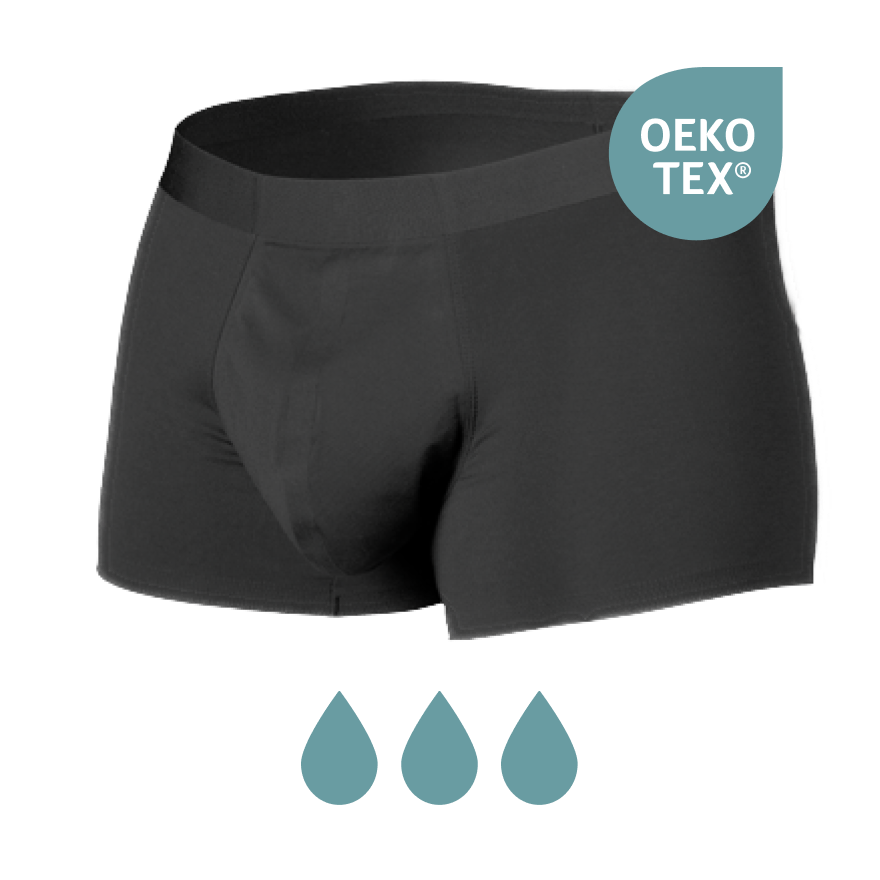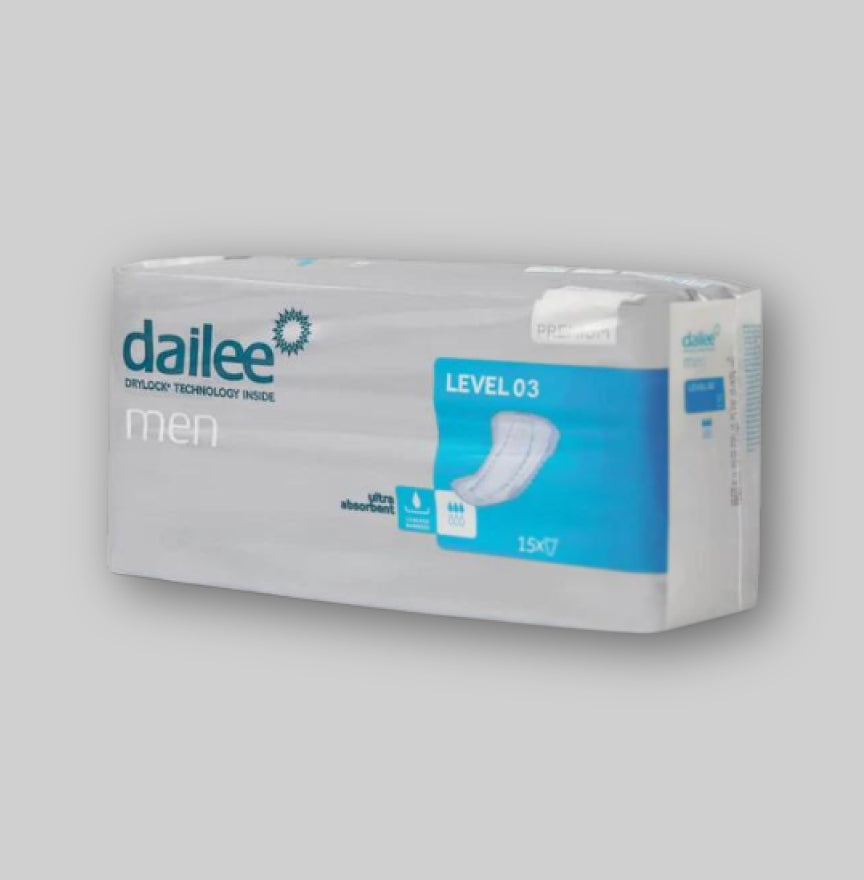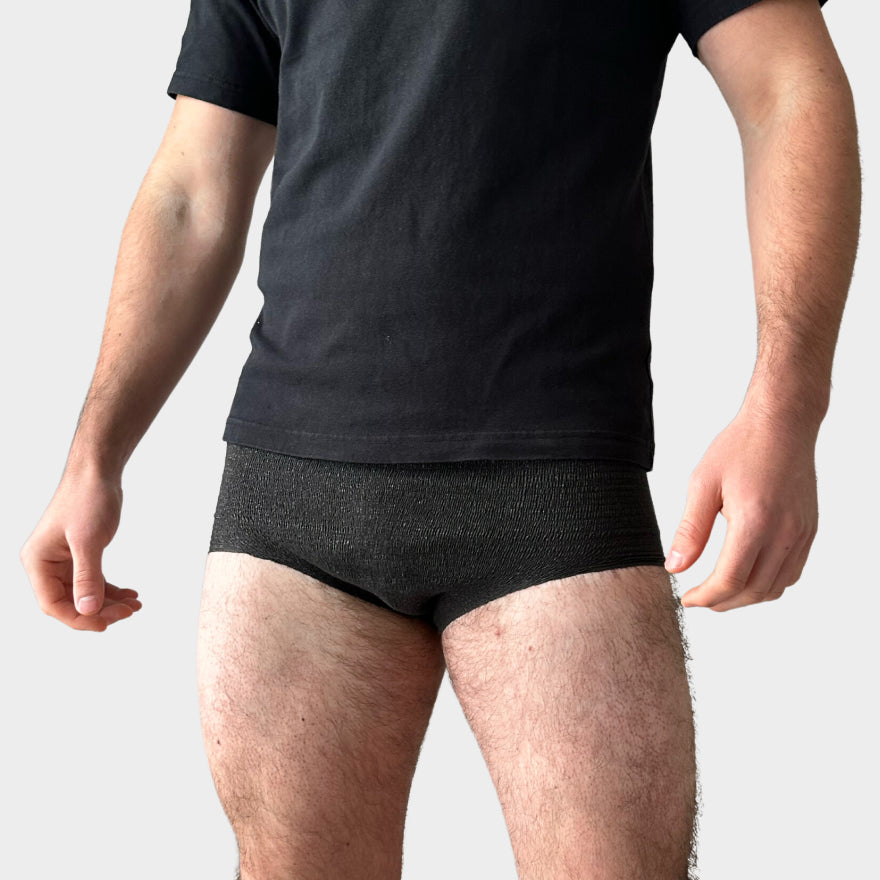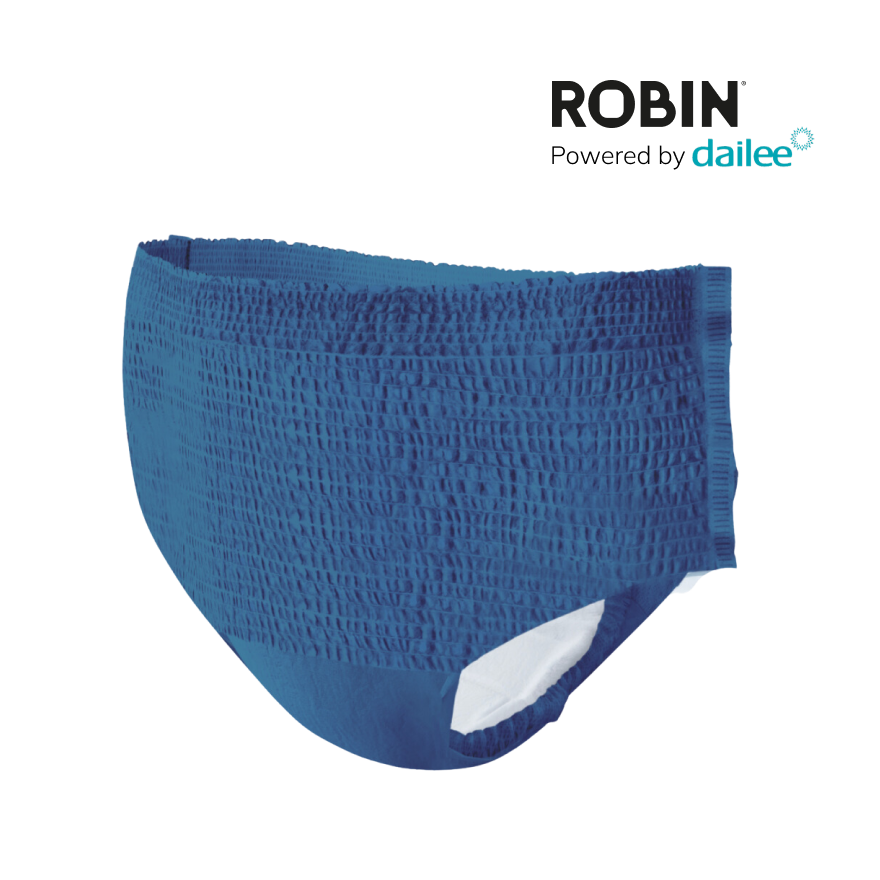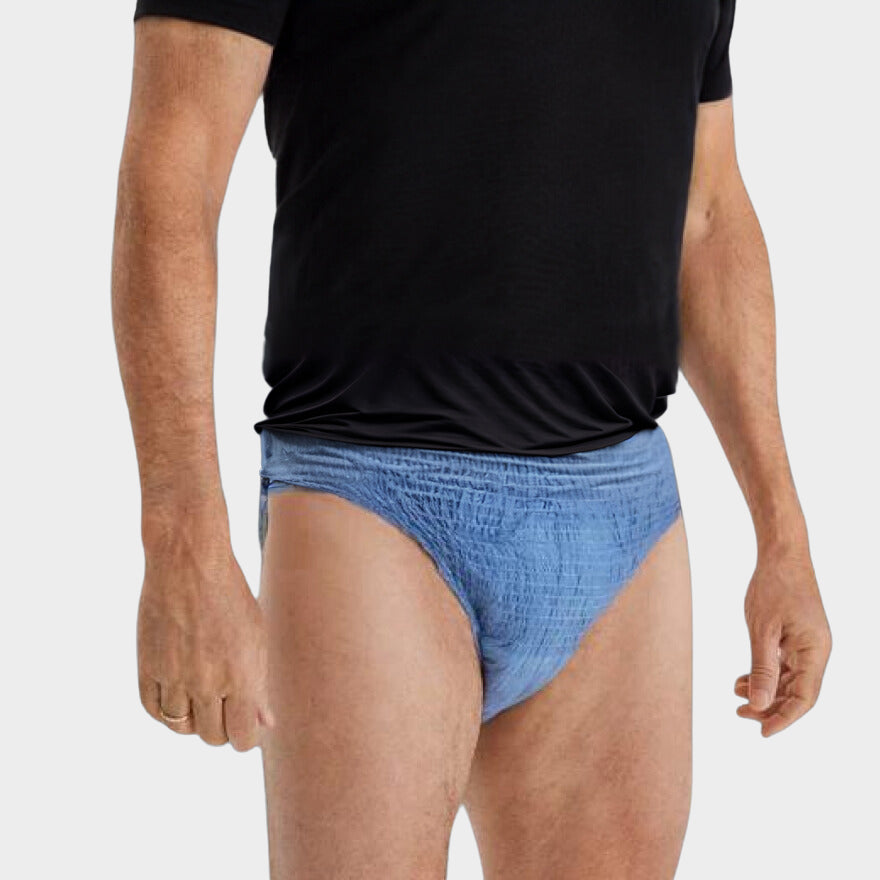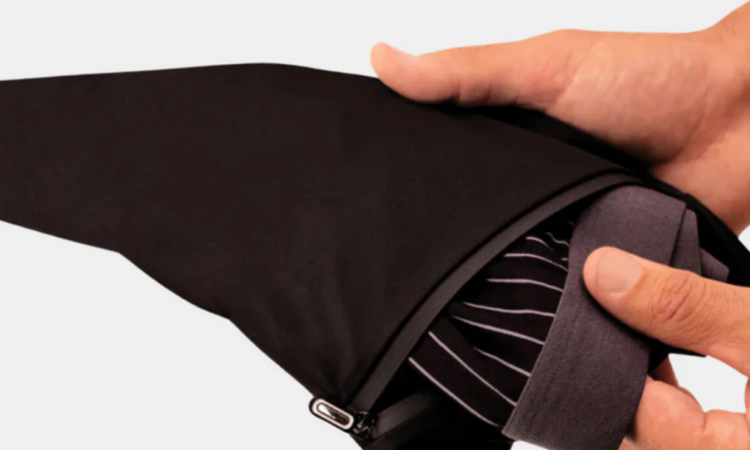Bedwetting in adults, medically known as Enuresis Nocturna, is a condition in which someone unintentionally loses urine at night during sleep. It is a problem that often remains unspoken because of the shame and the social stigma that sticks to it. However, it is important to acknowledge that adult bedwetting is a treatable medical condition that affects an estimated 2% of the adult population.

Causes of bedwetting in adults can vary and are often complex. Factors that contribute to the prevention of enuresis nocturna can include genetic predisposition, urinary tract infections, hormonal imbalance, neurological abnormalities, prostate problems in men or the consequences of certain medication.
Determining bedwetting in adults is a process that requires a thorough medical evaluation. It consists of analyzing clinical history, physical examination and possibly additional tests such as urine tests, blood tests, urological examinations, or sleep studies. Treatment depends on the underlying cause and can vary from behavioral therapy and medication to the use of medical devices or surgery in rare cases.
Definition of Bedplassen

Bedwatching, also called Enuresis Nocturna, is involuntarily losing urine during sleep with individuals over five years.
Causes of bedwetting in adults
The causes of bedwetting in adults are diverse and can include both psychological and physical factors. Examples of this are:
- Psychological factors: stress, fear and depression.
-
Physical factors:
- Urinary tract infections
- Diabetes
- Neurological disorders
- Sleeping apnea
- Hormonal imbalance
Types and gradations of Bedplassen
Bedwetting in adults is subdivided into two main types:
- Primary enuresis: People who have never experienced a long -term period of dryness.
- Secondary enuresis: Persons who have started bedding again after a period of dryness.
The gradations can vary from light to severe, depending on the frequency and the volume of the loss of urine.
Diagnosis of bedwetting

Bedwetting in adults may indicate underlying disorders. A thorough diagnosis is necessary to find out the cause and start appropriate treatment.
Medical
The medical evaluation starts with a detailed history. The doctor collects information about the frequency and volume of bedwetting. Important factors Here are the history of the patient, including any urinary tract problems, operations and medication use. Also the lifestyle and eating habits are discussed because they can influence the symptoms.
-
Factors to consider:
- Urinary tract problems in the history
- Recent operations
- List of current medicines
- Caffeine and alcohol consumption
- Liquid intake before bedtime
Psychological evaluation
During the psychological evaluation, the doctor will look at whether psychological factors contribute to bedwetting. Stress, anxiety and depression are examples of circumstances that can cause or worsen bedwetting.
-
Points of attention:
- Current stress levels
- Emotional well -being
- History of mental disorders
Diagnostic tests
Various diagnostic tests may be needed for the final diagnosis. Urine investigations exclude infections and blood tests check for possible abnormalities in kidney function. Imaging research such as an ultrasound of the bladder provides insight into structural problems.
-
Often used tests:
- Uinalysis: for detecting infections and other deviations
- Blood test: Before checking kidney function
- Ultrasound: for assessing anatomical structures
Treatment and management
The treatment of bedwetting in adults is aimed at reducing the incidence and offering coping strategies. Therapies vary from medication to behavioral interventions.
Medication
Various medicines can help treat bedwetting. Desmopressin reduces urine production at night and anticholinergic, such as Oxybutynine, help to increase bladder capacity. Side effects and contraindications must be carefully considered.
Non-drug therapies
- Bladder training: Regular pee breaks during the day
- Pelvic floor therapy: Strengthen the muscles that check the urethra
Behavioral interventions
- Cleanliness training: Increasing control and awareness
- Alarm: A device that alerts at the first signs of moisture
Alternative remedies
Alternative remedies include:
- Acupuncture
- Hypnotherapy, however, scientific support for these methods is limited.
Psychosocial impact

Bedwetting in adults not only has practical consequences, but also deeply affects the psychosocial aspects of someone's life. The impact often extends beyond the incident itself and can influence self -image and social interactions.
Effect on mental health
Adults who suffer from bedwetting can have to deal with feelings of shame and frustration. Depression and anxiety disorders are not unusual, because self -confidence and self -esteem are negatively influenced. Often the fear of repetition leads to insomnia or disturbed sleep patterns, which further puts pressure on overall mental health.
-
Emotional effects:
- Shame
- Reduces self -confidence
- Frustration
Social and relational consequences
The social life of someone who suffers from bedwetting can be under considerable pressure. Activities such as staying, holidays or intimate relationships can be experienced as stressful. Avoiding such situations can lead to isolation and loneliness.
-
Social impact:
- Avoid social activities
- Restrictions in personal relationships
- Potential isolation
Interpersonal relationships, especially romantic, can become tense or become more complex due to the fear of rejection or the inconvenience to discussing bedwetting. Communication and mutual understanding are essential, but these situations often require many of both parties.
Prevention and self -care
Bedwetting in adults can have an impact on self -confidence and quality of life. Prevention and self -care are essential to reduce the frequency and severity of the episodes.
Preventive measures
Taking preventive measures can help to reduce bedwetting in adults. Some measures are:
- Avoid moisture -rich drinks before bed: Limit the intake of liquids 2-3 hours before going to bed.
- Maintenance a healthy weight: Overweight can increase the chance of bedwetting by exerting pressure on the bladder.
Self -management techniques
Applying self -management techniques can help adults get control over bedwetting. Examples of this are:
- Bladder training: Gradually increase the time between toilet visits during the day to increase bladder capacity.
- Exercises for the pelvic floor muscles: Strengthen the muscles that support the urethra with cone exercises.
Support and resources
Adults who suffer from bedwetting can consult a wide range of support options and resources. These contribute to the improvement of their condition and well -being.
Support groups and communities
In many cities and online support groups and communities Active who focus on adults with bedwetting. Members can exchange experiences, find support and learn from each other's coping strategies.
- Local support groups: Regularly organized meetings where people can personally talk to fellow sufferers.
- Online communities: Forums and social media groups offer the possibility of sharing experiences and receiving support at any time.
Professional guidance
Professionals such as urologists or incontinence therapists offer specialized guidance. They can develop tailor -made treatment plans and monitor the progress.
- Medical healthcare providers: Specialists who can diagnose and treat underlying medical causes.
- Behavioral therapists: These professionals can work on the emotional aspects of bedwetting, such as shame and stress.
